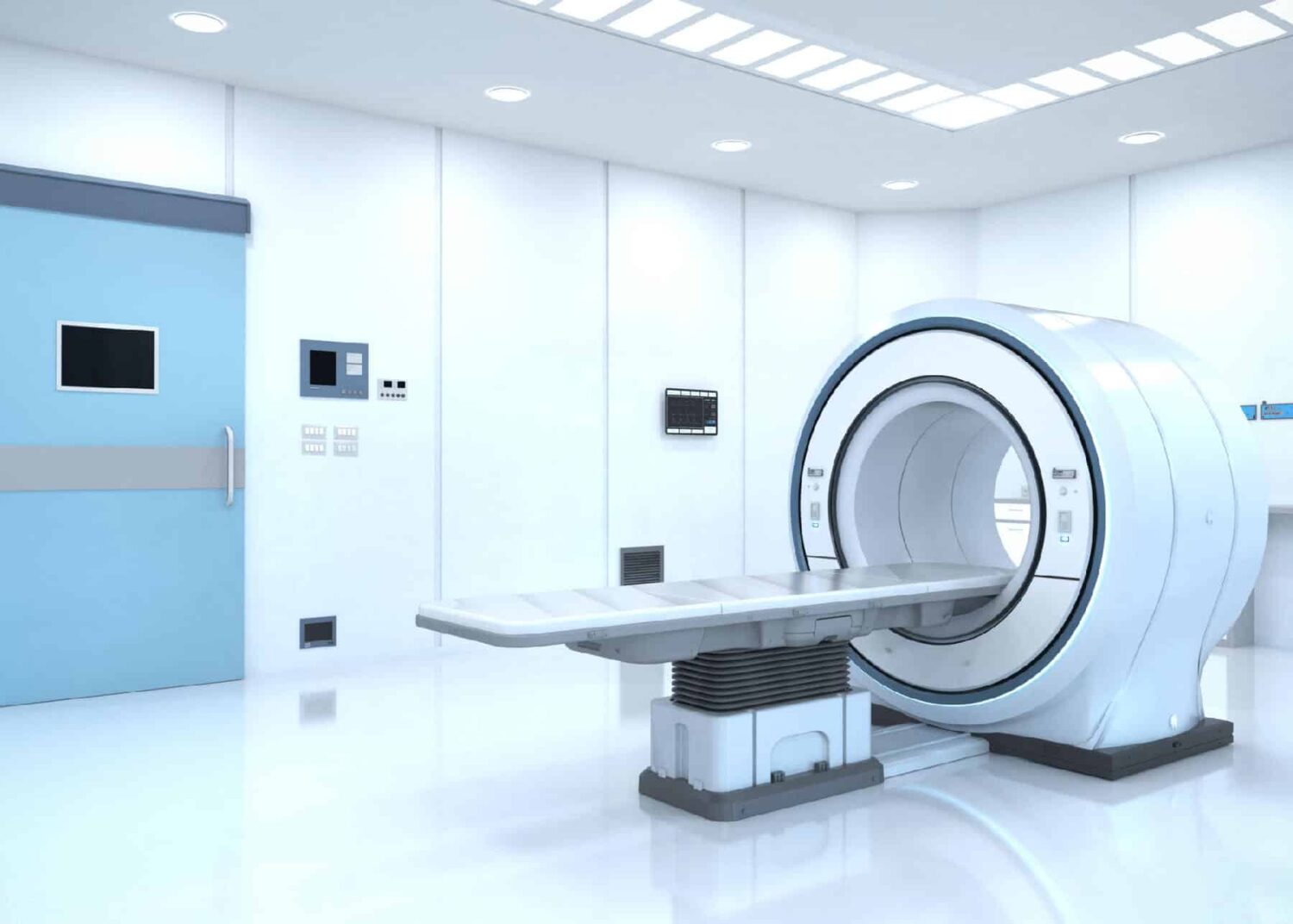STEP-BY-STEP GUIDE
Recognising the signs & symptoms
If you notice that your hound is experiencing the signs and symptoms of an IVDD event, seek veterinary advice immediately.
Getting help
Subject to location or time of day etc., the common course of action would be to head straight to your trusted Vet or Emergency Centre.
Referral/Consultation
Depending on the severity of the symptoms, owners will be referred to a Specialist Centre for a thorough neurological assessment. In most cases, diagnostic imaging will be performed to confirm an accurate diagnosis, this is typically a CT, MRI or Myelogram.
X-Ray Info
IMPORTANT TO NOTE: X-Rays (spinal radiographs) are often taken by Vets which essentially are a waste of time and money. Whilst they may reveal characteristic changes of disc disease e.g. calcified/mineralised discs, advanced imaging is required to allow a definitive diagnosis.
Diagnostic imaging
Most Specialist Centres/Animal Hospitals have this equipment on-site allowing for rapid diagnosis and surgical planning (if required). Dogs must lie completely still for their scan, and this is only possible with the use of general anaesthesia. This is conducted under the care of skilled nurses who are experienced in anaesthesia and sedation.

